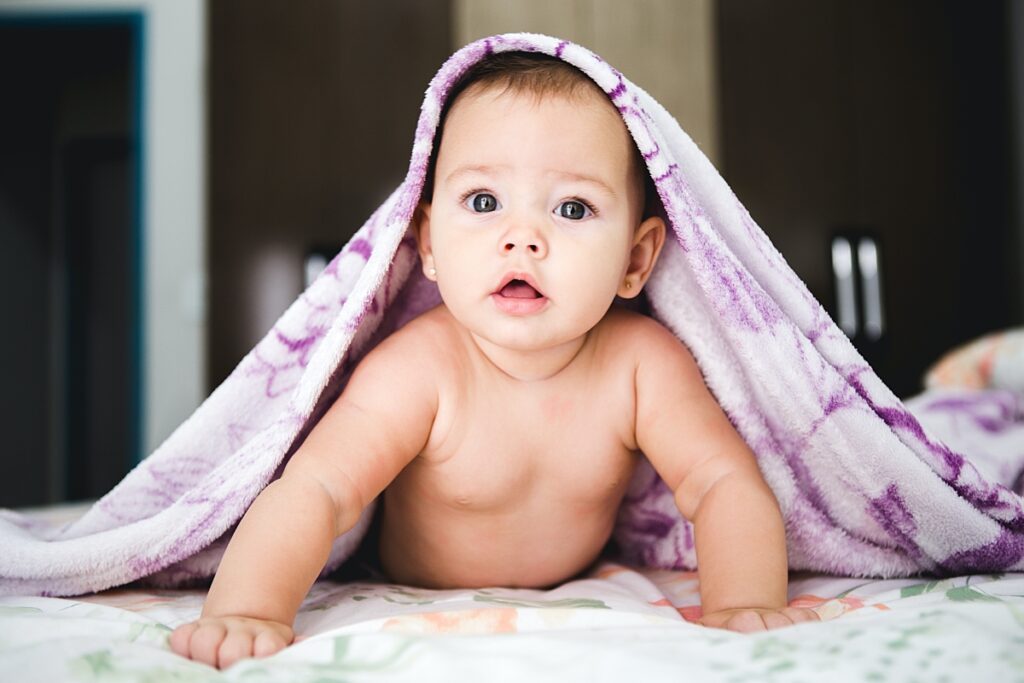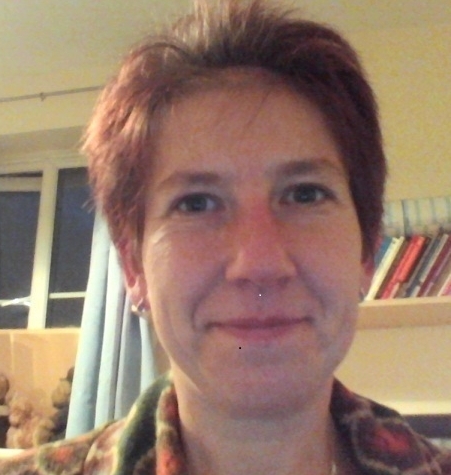Exercise for children
Exercise is very important for both children and adults. Developing these habits early on can help ensure it becomes a part of everyday life, supporting growth and development throughout childhood. Here is a guide to help you know how much exercise your child should be getting and why.
Babies

Even though babies are going to be limited in what they can do for exercise for the first year, you can still encourage activity. At this stage, we are looking to strengthen head and body muscles. Tummy Time is important to help develop these muscles. You should be doing a few minutes at least 3 times a day. If your baby likes their Tummy Time, then you can increase the duration and/or frequency. Some babies don’t like this position initially, but it is still important to do, so just a few minutes will help. When you are doing Tummy Time it is important your baby is supervised throughout to ensure that there are no breathing concerns by being on their front. To encourage your baby in this position, you can lay on the floor in front of them so that when they lift their head, they can see you. Talk to them, sing, make it a positive experience for them. As babies become more proficient and confident in this position, they will start to move more and eventually will start to crawl.
Toddlers
Toddlers love being active, keeping busy and, especially, exploring the outside world, so this is a great age to instil healthy living habits. Being active will support their growth, improve behaviour, and help their sleep patterns. No child is going to fall asleep when they are not tired enough. Toddlers should be spending at least 3 hours a day doing some type of physical activity. This can be as simple as going for a walk, having a dance, hopping, jumping and generally exploring their world.
Being in natural light is one area I always touch on with parents when we have a 1-1 consultation. I encourage them to get their child up in the morning, open their curtains/blinds straight away and then, where possible, get out in to natural light within an hour of waking. This helps with their internal body clock. Outside time of 30 minutes is ideal but if you can’t fit that in to the early morning routine then even 20 minutes will help. You should then do this again mid-late afternoon as this will help increase melatonin levels (the sleep hormone) which helps children to settle and sleep well. Obviously, there are other factors which impact on sleep but implementing this time of physical activity will help.
Pre-Schoolers

Pre-Schoolers are likely to have lots of opportunities in their day for physical activity as this will be part of the nursery timetable. However, you should also spend time outside at home every day, even if you only do a half hour in the morning and a half hour in the afternoon as mentioned previously. Pre-schoolers should spend at least 2 hours a day engaged in physical activity.
School age
School age children are going to be having physical education at school. However, they should also be spending at least 60 minutes a day on other sports and activity. Children of this age often start after-school sports/activities such as swimming, football, martial arts. However, going to a local park, riding a bike, walking to school and exploring the outdoors are all beneficial. By learning these active habits whilst young, they are more likely to become a part of everyday life from child to teenager to adulthood.
Physical exercise is not just good for our physical wellbeing but also for good mental health. If your child is engaging in physical after-school activities, make sure when they get home that they can relax, have some 1-1 time with a parent on an activity the child chooses, even if it is just for 20 minutes or so. They should also have something to eat and drink and have time to wind down before starting their bedtime routine, even if these activities makes bedtime a bit later.

